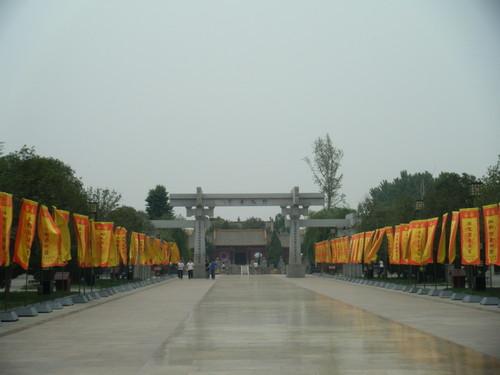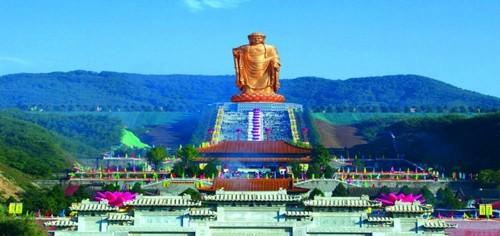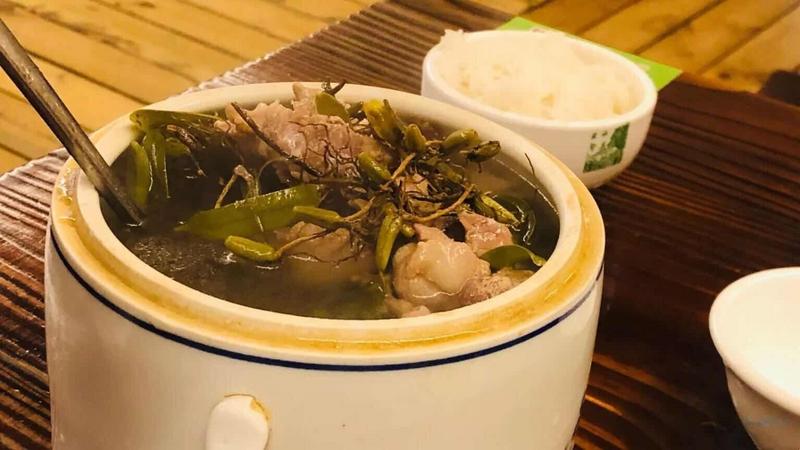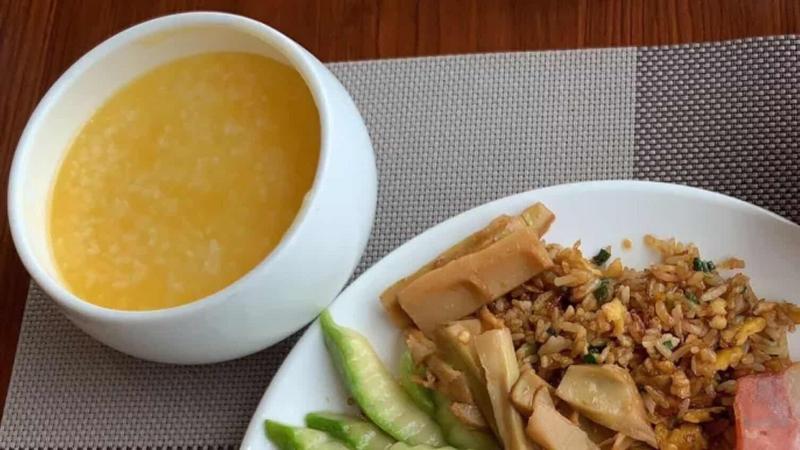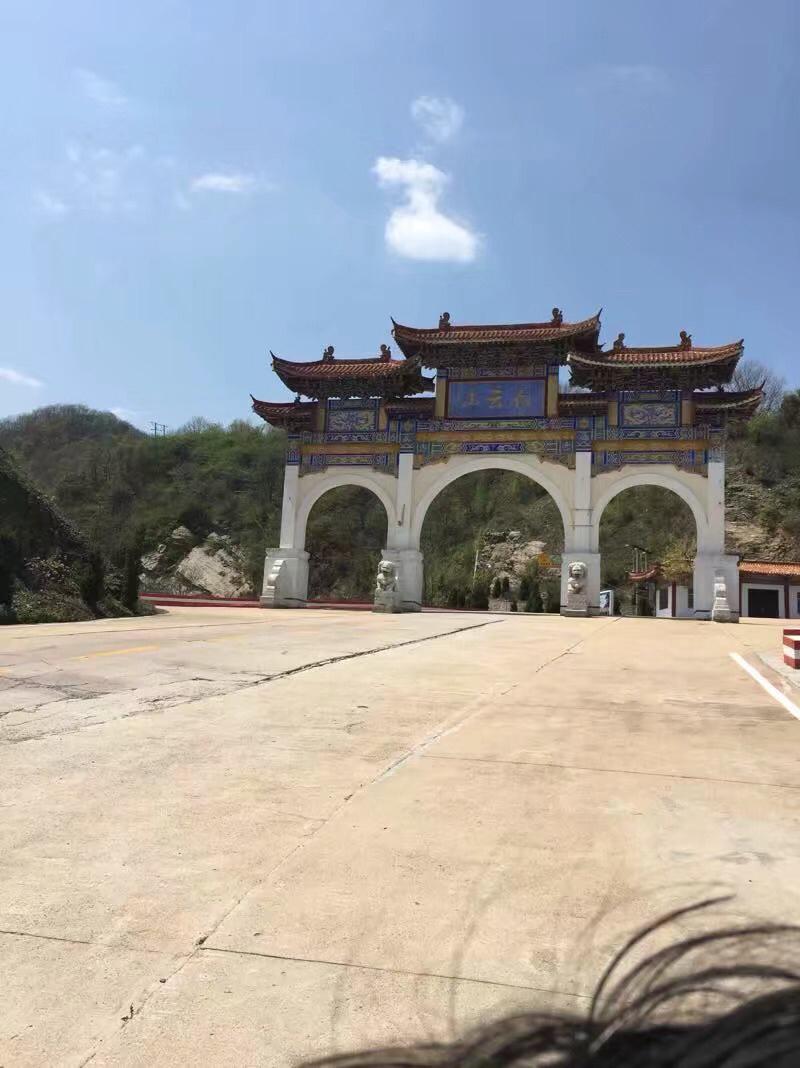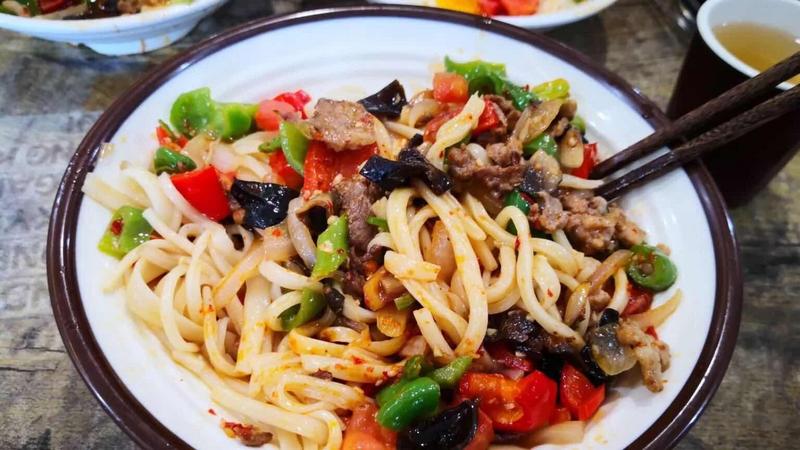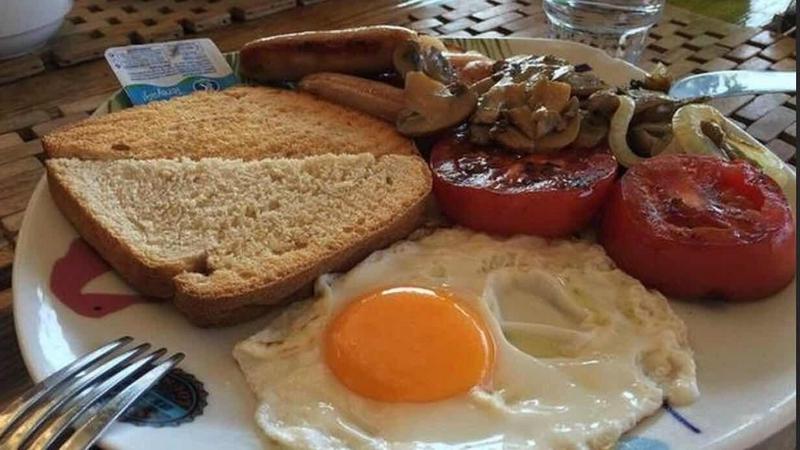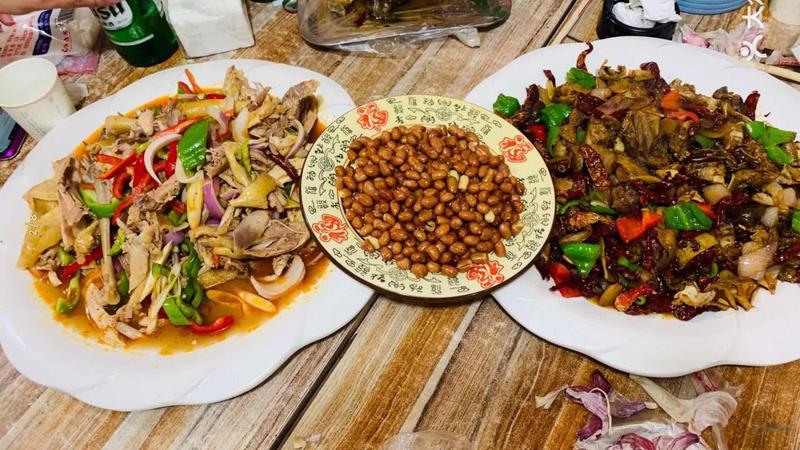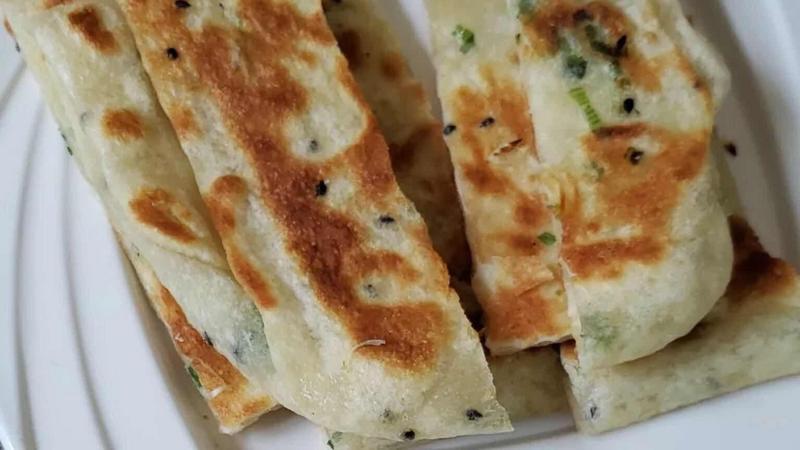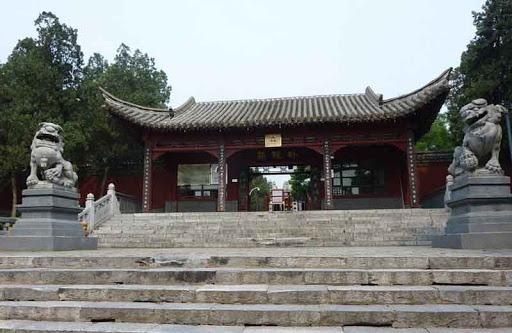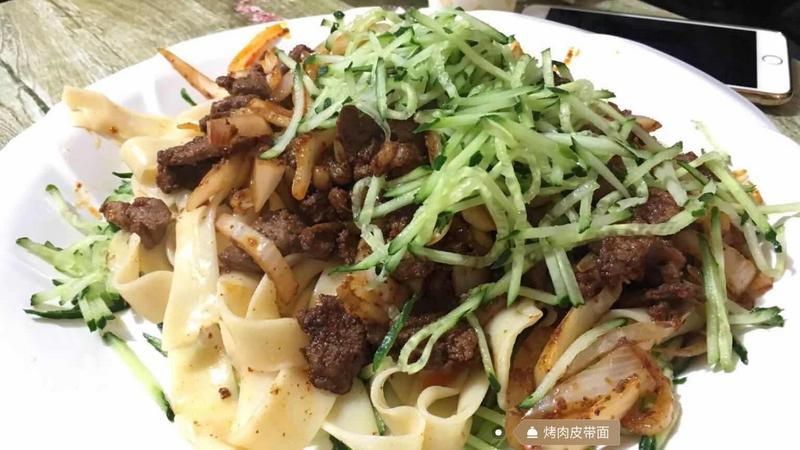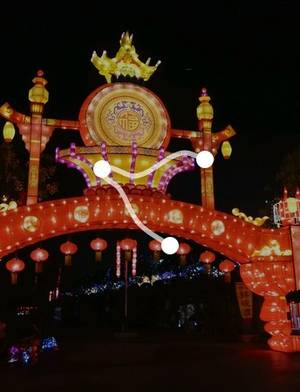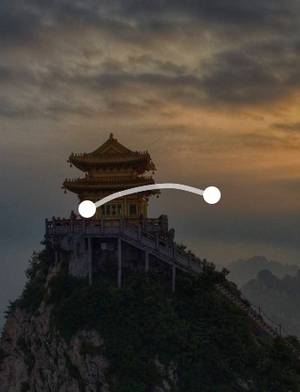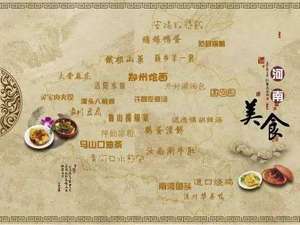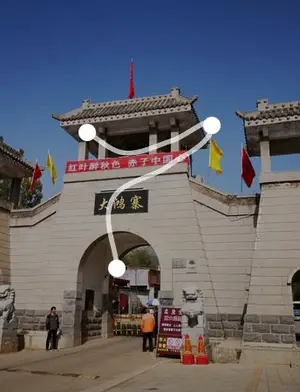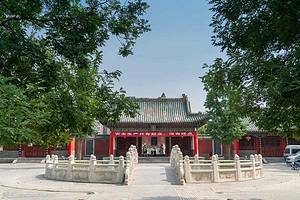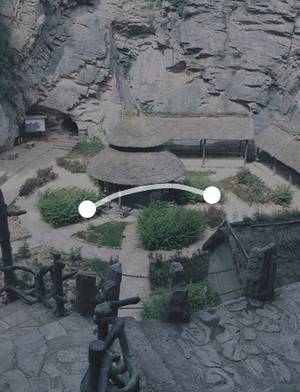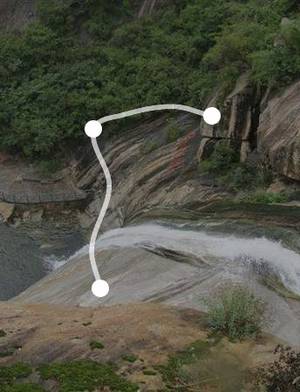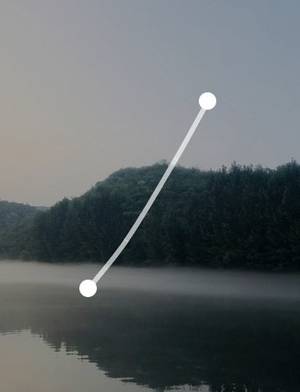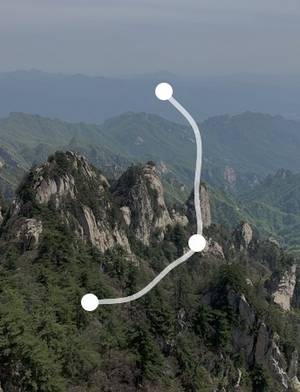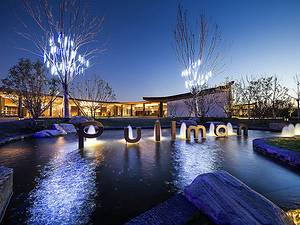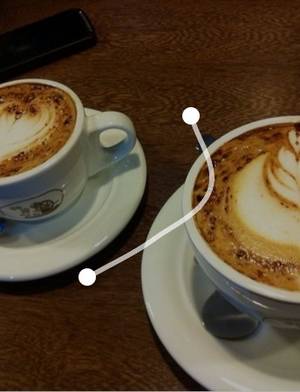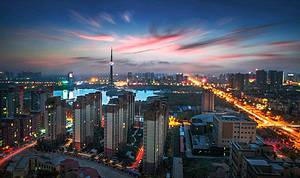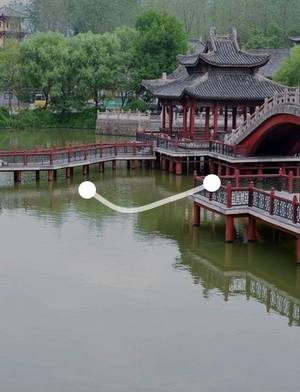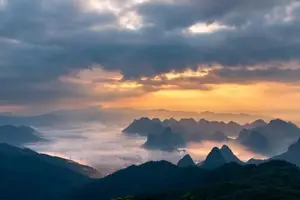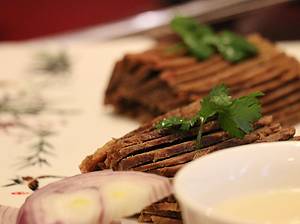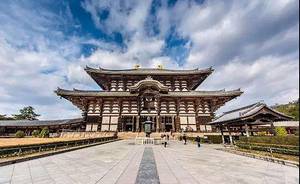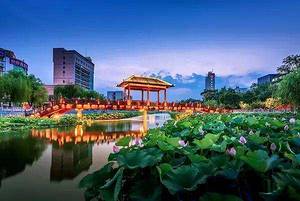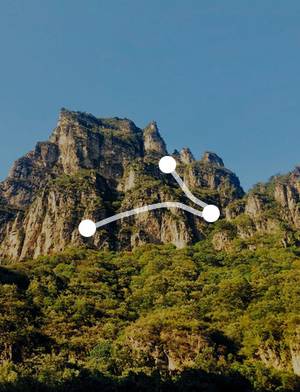Henan's Historical Journey of Seeking Roots in Landscape and Rural Scenery
5 cities |
21 attraction(s) |
total distance 596
km
 TIPS
TIPS
Day1
Day2
Day3
Day4
Day5
Day1: Zhengzhou > Pingdingshan
6 attraction(s) ·
235 km
2
Huangdi's hometown was built in Han and Wei Dynasties and is a sacred place for descendants of the Yan and Huang emperors at home and abroad to trace their roots and pay homage. Huangdi's hometown scenic area consists of five parts: the square area, the ancestral temple area, the tripod altar area, the art garden area, and the Xuanyuanqiu area. The cultural heritage of the scenic area is profound, and the annual ancestor worship ceremony is very grand and worth visiting.
1
km
3
Various cuisines, abundant choices. Generous portions. Beautiful environment, clean and hygienic. Enthusiastic owner, attentive service.
169
km
4
The Zhongyuan Buddha is located in Yaoshan Buddha Spring Temple, Lushan County, Pingdingshan City, Henan Province. It is the "tallest Buddhist statue in the world". The total height of the Buddha is 208 meters, with a body height of 108 meters, a lotus platform height of 20 meters, a vajra platform height of 25 meters, and a mandala platform height of 55 meters. The Buddha's eyes are 1.9 meters high and 3.9 meters wide, and the Buddha's hands are 19 meters high, 9 meters wide, and 5 meters thick. The Zhongyuan Buddha Scenic Area is a national 5A-level tourist attraction. The overall statue is cast with 3,300 tons of copper, 108 kilograms of gold, and more than 15,000 tons of special steel, with a surface area of 11,300 square meters, assembled by welding 13,300 copper plates. The Tianrui auspicious golden bell in the scenic area weighs 116 tons and is the "world's largest bronze bell struck from the outside" recorded in the "Guinness World Records". The President of the World Buddhist Light Association and the founding abbot of Taiwan's Foguangshan, Master Hsing Yun, wrote the Chinese characters "The First Zhongyuan Buddha in the World" for the Great Buddha.
1
km
5
Ranked 10th on the popular food list in Lushan County, the authentic farmhouse-style pot-roasted chicken has a rich soup, generous amount of ingredients, and a particularly delicious flavor with ample portion. The price is reasonable and the home-cooked dishes are also great.
3
km
6
Day2: Pingdingshan > Luoyang
4 attraction(s) ·
95 km
1
Mount Yao is located in the western part of Lushan County, Henan Province. It is in the eastern section of the Funiu Mountain Range and is named after the Yao ancestors who established the Yao ancestral temple here. The scenic area is known for its peculiar rock formations resembling human figures, thus it is commonly called Shiren Mountain. The area features tall peaks, numerous strange rocks, ancient pines, cascading waterfalls, flowing springs, mountain flowers, red leaves, lakes, clouds, rare birds and animals, and many other cultural landscapes, forming a complete scenic system. It is praised as the "unique beauty of Central China" for its grandeur, danger, grace, uniqueness, and tranquility integrated into one.
92
km
2
Located in the southern part of Song County, Luoyang City, Henan Province, China, Funiu Mountain is a world geological park and one of the top ten leisure resorts in China. It is renowned as a "paradise on earth".
2
km
3
Song County Fast Food is ranked 8th on the popular list. It is located inside the scenic area and is convenient to find. They offer noodles and homestyle stir-fried dishes. Recommended dishes include noodles, wontons, and rice noodles.
2
km
4
Day3: Nanyang
2 attraction(s) ·
1 km
1
Convenient transportation, diverse cuisines, plenty of choices. Generous portions. Beautiful environment, clean and hygienic. Both home-cooked dishes and noodle dishes are good choices.
1
km
2
Provide central heating, 24-hour hot water. Foreign guests are not accepted. Offer non-smoking rooms, broadband, hairdryer, air conditioning, laundry service, wake-up service, facilities for disabled guests, free local calls, luggage storage. Convenient transportation and reasonable prices. Rooms are well-equipped and clean.
Day4: Nanyang > Xuchang
6 attraction(s) ·
266 km
2
The Neixiang County Government Office is located on the north side of the middle section of Dongda Street, Neixiang County, facing south. It is the only well-preserved county-level feudal government office in China, and the first government office museum in the country. It was listed as a national key cultural relic protection unit by the State Council in 1996. It is known as the "Forbidden City in the North, County Government in the South" and "Head of the Dragon in Beijing, Tail of the Dragon in Neixiang". The construction of Neixiang County Government Office began in the 8th year of Dade in the Yuan Dynasty (1304 AD). The existing architectural complex was built in the Qing Dynasty, covering an area of 20,000 square meters, with 260 halls and rooms, including the central axis of the capping wall, Xuanhua Hall, main gate, ceremonial gate, West Flower Hall, Yin Guest House, dining hall, prison, and six houses of the three ranks. At the same time, 32 exhibition rooms were established using the preserved objects of the county government office, covering an exhibition area of 3,600 square meters, showcasing the rich cultural connotations of the government office. The architectural complex of Neixiang County Government Office has a unique architectural style. It strictly follows the regulations of local government offices in the Qing Dynasty in terms of overall layout, reflecting the traditional ceremonial thought of "facing south, with civil on the left and military on the right, and sleeping quarters at the back, with prison in the south". At the same time, influenced by the main builder, the fifth-ranked county magistrate Zhang Bingtao from Shaoxing, Zhejiang Province, the entire architectural complex incorporates styles from both the north and south of the Yangtze River, with a grand scale, strict layout, profound and solemn atmosphere, and endless variation.
70
km
3
The Wuhou Shrine is located in Nanjing City, Henan Province, and is a key national cultural relic protection unit. It is said that Zhuge Liang, the prime minister of the Shu Han dynasty, once farmed here, and the shrine was built in memory of him during the Wei and Jin dynasties. The shrine was destroyed by fire during the Yuan Dynasty and was rebuilt during the Dade period (1297-1307). During the Kangxi period (1662-1722), Luo Jing, the magistrate of Nanyang, discovered stone carvings inscribed with the "Ten Scenic Spots of Wolong Hill" by previous generations in the shrine. Based on this, he rebuilt the Half-Month Platform, Lao Longdong, Ye Yun'an, Cao Lu, Xiao Hongqiao, Baoxi Shi, Gonggeng Pavilion, Gubai Pavilion, Liangfu Rock, and Zhuge Well outside the shrine, which complemented the mountain gate, main hall, Qingfeng Tower, Sangu Hall, Guan Zhang Hall, and stone archway of the Wuhou Shrine, forming a magnificent ancient architectural complex. There are many inscriptions in the shrine, among which the "Memorial of Appointments Before and After Zhuge Liang" written by Yue Fei has elegant calligraphy. In the southeast corner of the shrine, there is a platform, which is said to be the place where Zhuge Liang studied, and in the southwest corner, there is a tower with dragon horns. Description of the scenery: Cao Lu is located in the middle of the back of the shrine, and is a new octagonal thatched pavilion built on the site of Zhuge Liang's former residence. The front plaque "Zhuge Cao Lu" was hand-written by Guo Moruo in 1973; the internal plaque "Zhuge Lu" was written by Yu Youren, the chairman of the Supervisory Yuan of the National Government, in 1940; and the back plaque "Nanyang Zhuge Lu" was written by Fu Fengju, the magistrate of Nanyang, in the 20th year of the Guangxu reign (1894). Xiaohongqiao: In front of Cao Lu, there is a small bridge made of green bricks, exquisitely delicate, resembling a rainbow, hence the name. It is said to be a place that Zhuge Liang must pass through.
3
km
4
Mainly specializes in roast duck, with delicious meat. Other cuisine options include handmade noodle pancakes, honey peanuts, spicy sesame chicken, and roasted meat with noodles, which are also good choices.
190
km
5
Xuchang Hotpot is ranked first for delicious food. They offer a non-spicy clear broth option for friends who can't eat spicy food. The dishes are exquisite and the decoration is beautiful. The taste is amazing.
5
km
6
Convenient transportation, diverse cuisines, abundant choices. Generous portions. Beautiful environment.
Day5: Xuchang
3 attraction(s) ·
1 km
1
Chunqiu Building, also known as Dajie Pavilion, was once named Guan Gong's residence, Guan Wang Temple, Wu'an Wang Temple, Liangyuan Yingfeng Temple, and Guan Di Temple. It is located in the middle section of Wenmiao Front Street in Xuchang City center and is a group of Ming and Qing style buildings. Chunqiu Building was originally established in the Yuan Dynasty (1271 AD) and has been renovated multiple times during the Yuan, Ming, and Qing dynasties, gradually improving in size and scale.
1
km
2
The Prime Minister's Fast Food ranked number 3 on the flavor list. The taste is excellent, the location is convenient, there are many different cuisines and options available. The portion size is sufficient. Highly recommend the healthy Qingyuan chicken pot, fish, and noodles.
3
Cao Cao's Prime Minister's residence scenic area is located in the Wei Wudi Square in the center of Xuchang City, where Cao Cao once handled military and national affairs and lived. It is based on the Three Kingdoms period when heroes emerged, with the magnificent 25 years of Cao Cao and his son dominating Xuchang as its historical background. It interprets Cao Cao comprehensively from the perspective of ordinary people and modernity, showcasing the profound cultural heritage of the Cao Wei Dynasty. It is currently the only Three Kingdoms cultural tourist theme scenic area in China that combines humanities and history with high-tech methods and blends historical landscapes with visitor experiences.

